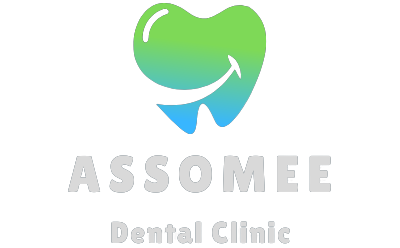Introduction:
Ephedrine, a sympathomimetic amine derived from the Ephedra plant, has a long history of use in traditional medicine and modern pharmacotherapy. Its bronchodilator, decongestant, and stimulant properties have made it a valuable therapeutic agent in the treatment of various respiratory conditions, hypotension, and narcolepsy. Despite its efficacy, ephedrine’s availability in tablet form presents unique considerations regarding dosing, administration, and regulatory oversight.
Chemical Composition and Formulation:
Ephedrine tablets typically contain ephedrine hydrochloride, the salt form of ephedrine, combined with inert excipients to facilitate tablet formation and ensure stability. The tablets may vary in dosage strength, with common formulations ranging from 25 mg to 50 mg per tablet. Pharmacokinetic factors, including absorption, distribution, metabolism, and excretion, influence the onset and duration of ephedrine’s therapeutic effects following oral administration. You can find more information about this topic on the following website: https://bbgate.com/threads/dimethyltryptamine-dmt-synthesis-from-indole-via-indole-3-acetic-acid-iaa.606/.
Pharmacological Actions and Mechanisms:
Ephedrine exerts its pharmacological effects primarily through its actions on adrenergic receptors, including alpha and beta receptors, within the sympathetic nervous system. As a mixed agonist, ephedrine stimulates both alpha and beta adrenergic receptors, resulting in bronchodilation, vasoconstriction, and increased cardiac output. Additionally, ephedrine indirectly enhances the release of norepinephrine, further amplifying its sympathomimetic effects.
Clinical Uses and Indications:
Ephedrine tablets find application in the management of respiratory disorders such as asthma, chronic obstructive pulmonary disease (COPD), and bronchitis, where bronchodilation is desired to alleviate airway constriction and improve ventilation. Furthermore, ephedrine’s pressor effects make it valuable in the treatment of hypotension, particularly in cases of shock or anesthesia-induced hypotension. Additionally, ephedrine tablets may be used off-label to promote wakefulness and alertness in individuals with narcolepsy or excessive daytime sleepiness.
Safety Profile and Adverse Reactions:
While ephedrine tablets are generally well-tolerated when used as directed, they are not without risks, particularly when misused or abused. Common adverse reactions include palpitations, tachycardia, hypertension, tremors, and insomnia, reflecting the drug’s sympathomimetic actions. Additionally, ephedrine may exacerbate underlying cardiovascular conditions, precipitate arrhythmias, or increase the risk of stroke in susceptible individuals. Therefore, caution is warranted, especially in patients with preexisting cardiac or psychiatric disorders.
Regulatory Considerations and Legal Status:
The regulatory status of ephedrine tablets varies among jurisdictions, with some countries permitting their sale over-the-counter for specific indications, while others restrict their availability due to concerns about misuse, abuse, and adverse effects. Regulatory agencies often impose limitations on ephedrine tablet sales, including dose restrictions, age requirements, and documentation of legitimate medical need. Additionally, efforts to combat illicit production and diversion of ephedrine for illicit drug manufacture necessitate stringent monitoring and control measures.
Future Directions and Clinical Implications:
As research into ephedrine’s pharmacology and clinical applications continues to evolve, ongoing efforts are needed to optimize its therapeutic use while minimizing risks to patient safety. Multidisciplinary collaborations between healthcare professionals, regulatory agencies, and pharmaceutical manufacturers can facilitate the development of evidence-based guidelines for ephedrine tablet prescribing, dispensing, and monitoring. By promoting responsible use and adherence to regulatory guidelines, stakeholders can ensure that ephedrine tablets remain a valuable tool in the management of respiratory and cardiovascular conditions, while mitigating potential harms associated with their misuse or abuse.
